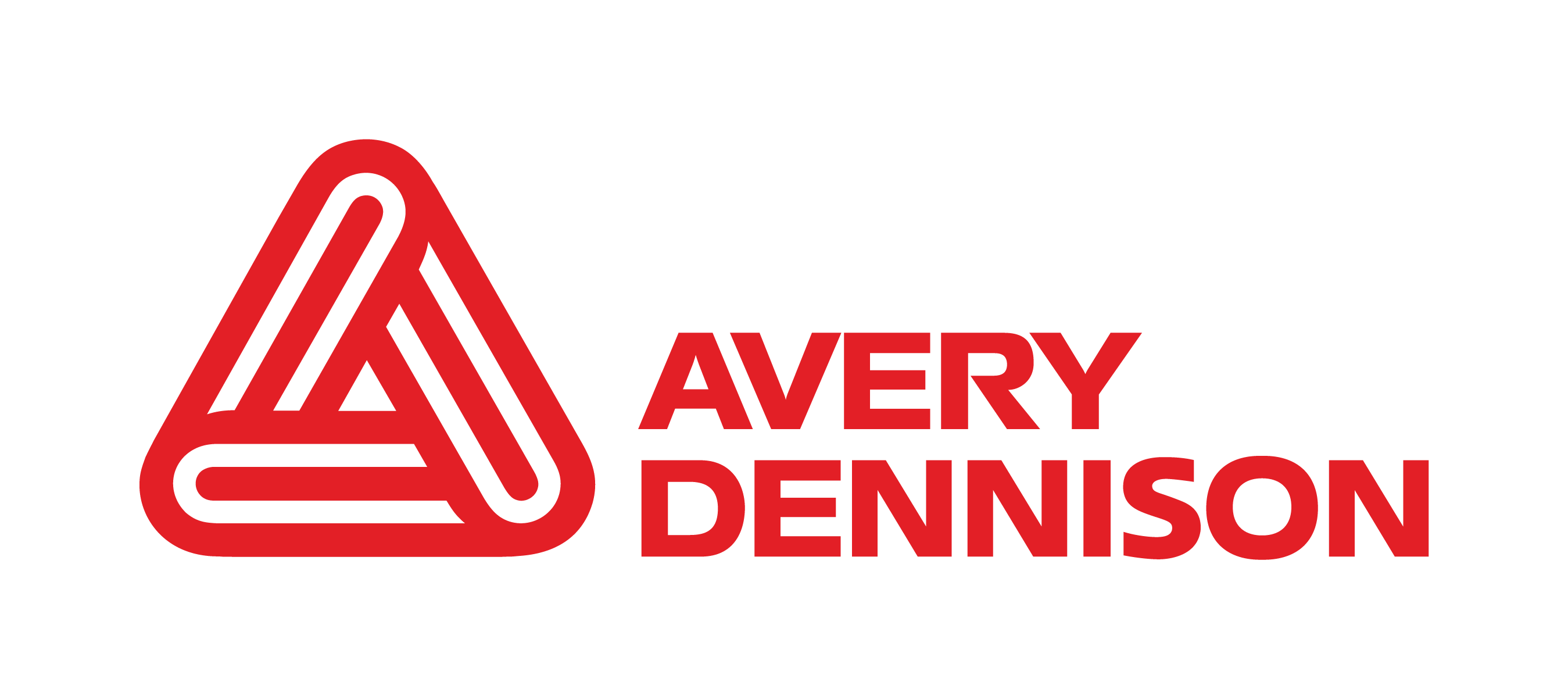S7000ER offers our best performance yet, including outstanding adhesion, clarity, and conversion and best-in-class print quality without bleeding or water whitening. Besides Cyclos, it is recognized by EPBP, RecyClass, and APR and follows the guidelines for PET tray recycling. Answering the call from customers for one label solution for all FMCG packages, it can be applied on PET, HDPE, PP, glass, or metal, and is available with an even broader array of films and liners as a standard offering. With the addition of our new AD CleanFlake Sleeves, CleanFlake can now cover even the most complex shapes.
By enabling customers to stock a single solution that meets all of their film label needs, CleanFlake helps them simplify their operations, fulfill orders faster, and reduce costs. It also helps brands reduce their CO2 footprint (including end-of-life) by enabling recycling of packages and thus helping avoid incineration: for every kg of PET packaging that gets recycled, brands save 1.4 kg of CO2, and for every kg of HDPE they save up to 1.9 kg of CO2.
CleanFlake also helps increase the availability of recycled plastic, which has a lower carbon footprint than virgin plastic. For example, rPET has up to 60% lower carbon footprint than virgin PET (about 25% less CO2 emitted for a standard beverage bottle) while rHDPE has up to 70% lower carbon footprint than virgin HDPE (about 50% less CO2 emitted for a standard home and personal care bottle).
A cutting-edge solution, today and tomorrow
In the decade since it launched, CleanFlake has improved significantly and its application range has expanded considerably. It will continue to evolve, according to Avery Dennison’s strategic vision, but also in response to external forces like the Packaging and Packaging Waste Directive (PPWR) and market trends. Our aim is to offer a cutting-edge yet cost competitive solution that helps brands comply with regulations, close the loop on their packaging, and make progress on their sustainability goals.
Learn more
To learn more, visit the AD CleanFlake page or contact Mariya Nedelcheva, Marketing Manager Films.





